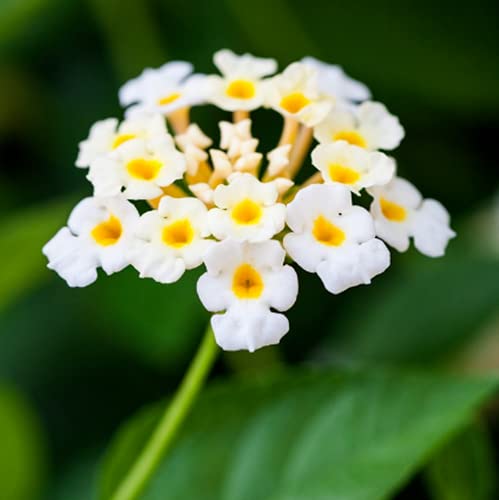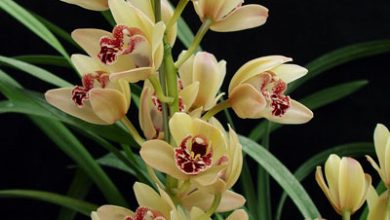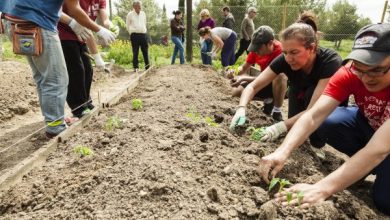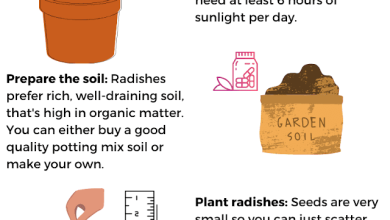Lantana Cuttings in Water: [Associations, Best Time and Planting]
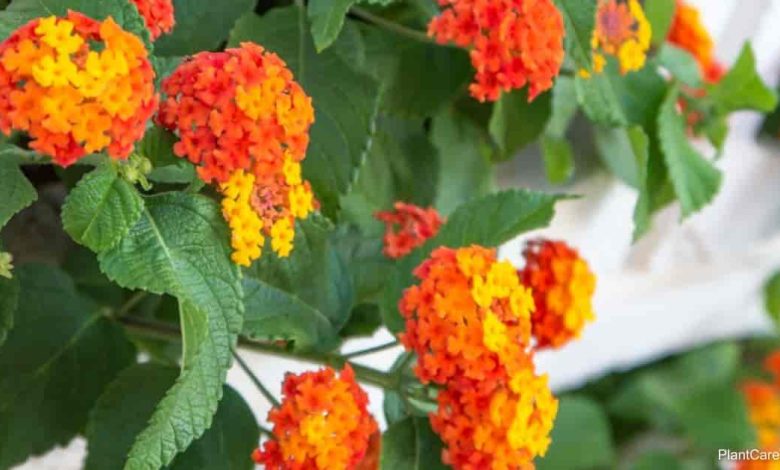
 How beautiful are lantana blooms!
How beautiful are lantana blooms!
And how easy it is to reproduce one with good characteristics thanks to cuttings.
This is a multiplication process that allows you to use a piece of an existing bush to create a new identical specimen.
Yes, just as you read, with the same characteristics, both in the color of the flowers and in other aspects that can be valuable, such as vigor.
And since you are surely wondering how to achieve this wonderful result, here we will tell you what you need to know. Let’s see it.
With what other plants or trees can we graft lantana?
Lantana is used individually because it is a species that develops very well without the help of grafts. Some experienced gardeners of these flowers have been encouraged to graft with the same species, thus obtaining beautiful flower colors.
What is the best time to plant lantana cuttings in water?
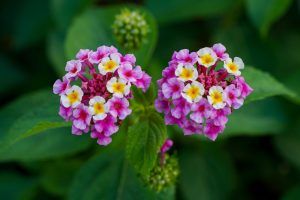 As with most flowering plants, lantana cuttings need to be taken and planted during late summer.
As with most flowering plants, lantana cuttings need to be taken and planted during late summer.
This is so that the plant manages to evolve in its internal structure and the stems have a wooden texture.
In addition, it makes it easier for you to carry out the process at the same time as an eventual pruning, which will prevent you from causing excessive damage to the plant.
How to get lantana cuttings in water to root correctly?
The cuttings of lantana in water is a procedure that helps to promote the birth of roots due to the humidity it provides. However, it is not a procedure that should be used until the roots come out because it could cause the cuttings to rot.
The ideal is to prepare a liquid rooting agent and mix it with water and then submerge the cutting for a maximum of one day.This cutting must be free of leaves or buds, leaving only one or two in the highest part (so that it is not under water) and thus the water can evaporate.
Later, it must be transferred to a pot prepared with a mixture of substrates that helps drainage, but without losing the good level of humidity. The proposal is a base of gravel or pebbles and then the garden soil that is necessary for the cutting to be buried and stable.
The cutting will have to be immersed in the soil up to 2/3 of its height.Water with plenty of water but without flooding and let nature itself carry out its process by placing the pot in a warm space with indirect sunlight.
How should we take the lantana cuttings in water to plant them?
You must take care of the selection process of the lantana cuttings so that the results of the rooting process are more favorable. These are:
- Have a woody or semi-woody structure that you will achieve in the final days of summer.
- Being a branch that has not produced flowers, so you will have to visualize it during the flowering process to have greater security.
- Have a length that goes from 8 to 10 centimeters (and can reach 15 cm if you consider it better). This will make it easier for you to manipulate them.
How long should we leave lantana cuttings in water?
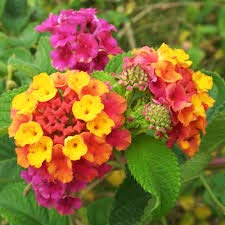 Ideally, they should not spend more than a few hours in water, 24 maximum.
Ideally, they should not spend more than a few hours in water, 24 maximum.
The lantana cuttings are worked with water above all to help them better impregnate the rooting product and stimulate root formation.
But this is not a case where root production takes place underwater but in a substrate.
Is it convenient to use fertilizer or compost?
The practice of fertilization from the very moment the cutting is planted is positive to fill it with nutrients and to develop more strongly. It is not necessary to choose a very special one, with a little homemade compost it will be more than enough.
How long does it take for a lantana cutting to sprout in water?
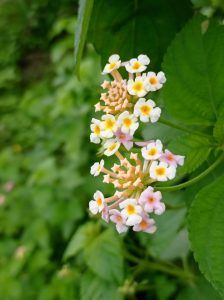 The roots of lantana cuttings will not come out while they are in water, as they will spend very little time in this moist environment.
The roots of lantana cuttings will not come out while they are in water, as they will spend very little time in this moist environment.
After transferring them to the substrate, they may need one to two months in this process to achieve their own root system.
Since this rooting process is likely to occur on cold days, you need to establish it in a warm space on a regular basis.
When spring arrives, you can transplant to a new pot or to the garden where it will begin its development and you will enjoy its blooms.
Keep in mind that plants that develop from cuttings take much less time to reach their adult stage, so fill yourself with excitement because soon you will have it with its first flowers.
Bibliographic references
- Reproduction of plants, MI Elorza – Reproduction of plants. Santiago. Retrieved on, 2009 – munistgo.info
- Reproduction by cuttings, A Colombo – 2019 – books.google.com
- Multiplication of ornamentals by stem cutting, FXM Farré – viveroecoplant.com.ar
- The production of cuttings, C Roig – miteco.gob.es
- Production of ornamental plant cuttings at the Kapok Plantas Farm, El Jocotillo, Villa Canales, Guatemala, CA Miculax Ajquejay – 2010 – repository.usac.edu.gt

